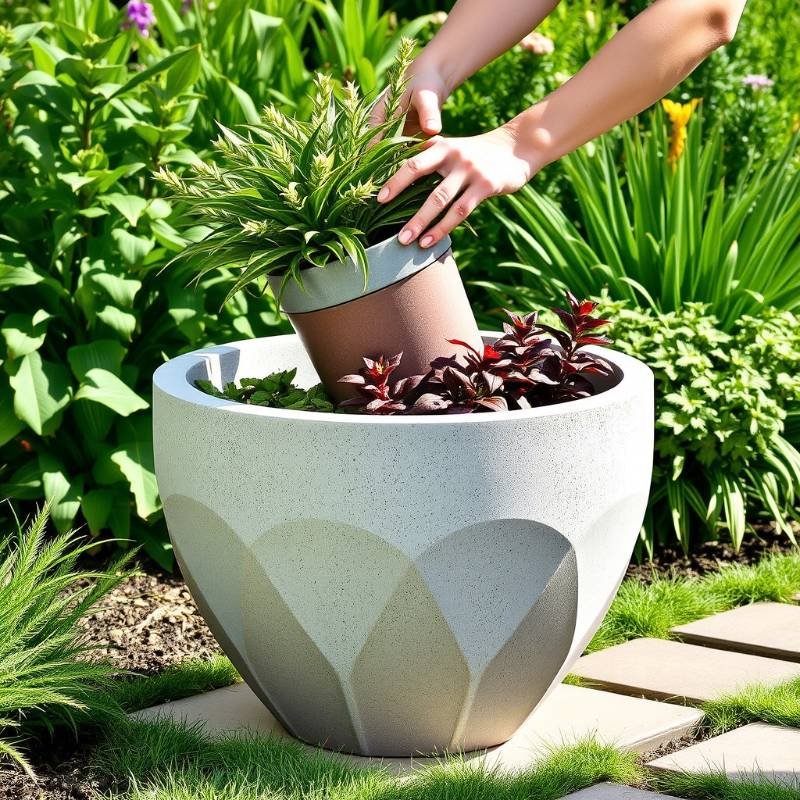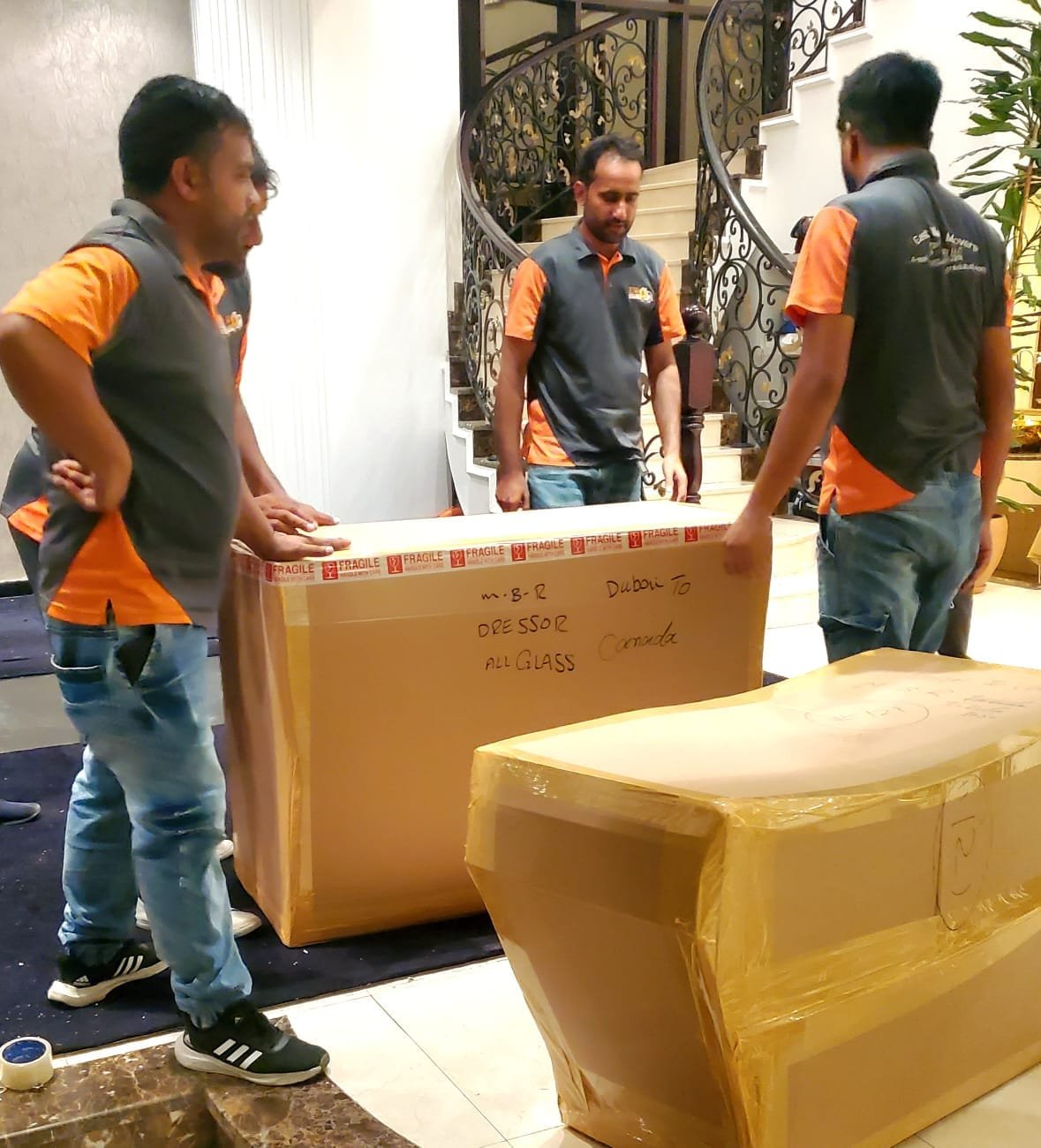Concrete pots have become a popular choice for gardeners and homeowners looking for sturdy, long-lasting, and stylish plant containers. Unlike plastic or ceramic pots, cast concrete pots offer unmatched durability and a modern aesthetic that complements both indoor and outdoor spaces. Whether you want to grow small herbs, decorative flowers, or large shrubs, concrete pots provide excellent stability and insulation for plant roots. In this guide, we’ll explore the benefits of cast concrete pots, how they are made, design options, and tips for maintaining them.
Why Choose Cast Concrete Pots?
Concrete pots are known for their strength and longevity, making them a practical investment for any garden or patio. Unlike lightweight plastic pots that can tip over in strong winds, concrete pots remain firmly in place, providing stability for tall or top-heavy plants. Additionally, concrete is a natural insulator, helping to regulate soil temperature and protect plant roots from extreme heat or cold.
Another advantage of concrete pots is their versatility in design. They can be molded into various shapes, sizes, and textures, allowing for endless customization. Whether you prefer a sleek, modern look or a rustic, weathered finish, concrete pots can be tailored to match your style. They also age beautifully, developing a natural patina over time that adds character to your outdoor space.
How Cast Concrete Pots Are Made
The process of making cast concrete pots involves mixing cement, sand, and water to create a thick, moldable mixture. This mixture is then poured into pre-made molds, which determine the final shape and texture of the pot. Some manufacturers use fiberglass or metal reinforcements to add extra strength, especially for larger pots. Once the concrete is poured into the mold, it needs time to cure and harden, a process that can take several days depending on the size and thickness of the pot.
After curing, the pot is removed from the mold and may undergo additional finishing treatments. Some pots are sanded smooth for a polished look, while others are left with a rough texture for a more natural appearance. Decorative elements, such as embedded stones or colored pigments, can also be added during the mixing process to create unique designs.
Design Options for Concrete Pots
One of the biggest appeals of concrete pots is the wide range of design possibilities. They can be made in geometric shapes, such as cubes or cylinders, for a contemporary feel, or crafted with intricate patterns for a more traditional look. Textured finishes, like exposed aggregate or imprinted designs, add visual interest and make each pot one-of-a-kind.
Color is another important factor in design. While natural concrete has a gray tone, pigments can be added to create pots in shades of white, black, terracotta, or even bold colors like blue or green. Staining and sealing techniques can also enhance the appearance, giving the pots a weathered or glossy finish depending on preference.
For those who enjoy DIY projects, making your own concrete pots at home is an option. Using silicone molds or even repurposed containers as forms, you can experiment with different mixes and finishes to create custom planters that suit your personal taste.
Caring for Your Cast Concrete Pots
While concrete pots are highly durable, they still require some maintenance to keep them looking their best. Over time, exposure to moisture and weather conditions can cause minor cracks or discoloration. To prevent damage, it’s important to seal concrete pots with a waterproofing agent, especially if they will be used outdoors. This helps protect against water absorption, which can lead to cracking in freezing temperatures.
Cleaning concrete pots is simple—just use mild soap and water to remove dirt and algae. Avoid harsh chemicals, as they can strip the sealant or discolor the surface. If your pot develops stains, a mixture of baking soda and water can be used as a gentle scrubbing solution.
In colder climates, it’s best to move concrete pots indoors during winter or cover them to prevent freeze-thaw damage. With proper care, a high-quality cast concrete pot can last for decades, becoming a timeless feature in your garden or home.
Conclusion
Cast concrete pots offer a perfect blend of durability, functionality, and style for any gardening enthusiast. Their ability to withstand harsh weather, provide insulation for plants, and adapt to various design preferences makes them a superior choice over other materials. Whether you buy ready-made pots or try making your own, concrete planters are a long-term investment that enhances the beauty of your outdoor or indoor space. By following simple maintenance steps, you can ensure your concrete pots remain in excellent condition for years to come. If you’re looking for a reliable and aesthetically pleasing way to display your plants, cast concrete pots are an excellent option.



